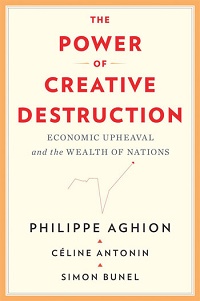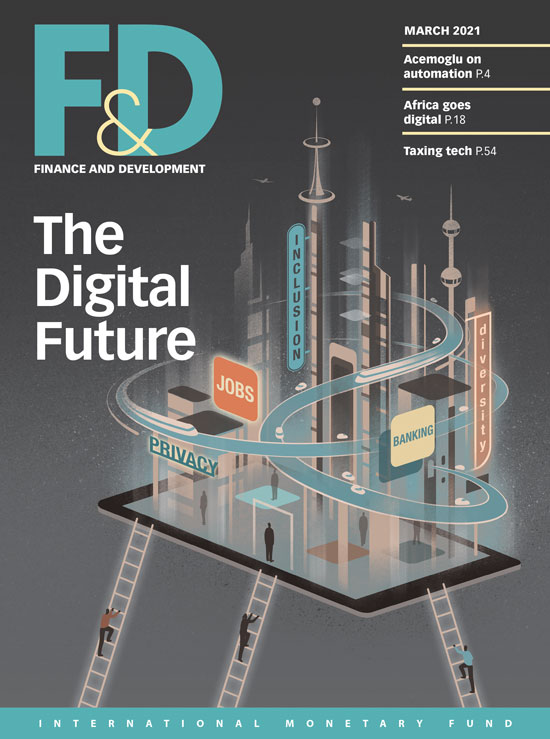The Power of Creative Destruction: Economic Upheaval and the Wealth of Nations

Philippe Aghion, Céline Antonin, and Simon Bunel
Belknap Press, Cambridge, MA, 2021,
400 pp., $35.00
It’s easy to see the failures of modern capitalism in the rise of inequality, post-financial-crisis stagnation, and inadequate responses to climate change and now COVID-19. Polarized political parties offer a choice only between different visions of a stronger state. And almost everyone seems to agree that now is a good time to beat up on the tech giants.
In The Power of Creative Destruction: Economic Upheaval and the Wealth of Nations Philippe Aghion, Céline Antonin, and Simon Bunel say that we’ve been thinking about this wrong. In the influential neoclassical paradigm, a mystery term labeled “total factor productivity” governs how well the economy converts inputs such as capital and labor into output. The secrets of long-term growth are hidden in this unexplained “black box.”
This book is based on a decades-long academic research program in which these authors, along with coauthors and students, open this black box. In the tradition of the early 20th century economist Joseph Schumpeter, they emphasize that growth comes about when entrepreneurs innovate, creating new goods and increasing productivity but in the process destroying existing jobs and firms.
If for Thomas Piketty economic history is the story of “inequality regimes” (Capital and Ideology), the focus here is on growth and its benefits. Thanks to sustained productivity growth, the world has enjoyed remarkable increases in well-being since the industrial revolution, and thanks to growth in China, India, and many other developing economies, global inequality has fallen.
For Aghion and his colleagues, more—and better—growth is the solution to our current ills, and the “creative destruction” paradigm explains how this happens. Export markets reward the most innovative, while imports and foreign direct investment bring new ideas and the competition that spurs the best firms to keep improving. Vibrant financial markets provide the capital that successful new firms need to thrive and expand. Fighting climate change calls for a green technological revolution. Much inequality should be accepted or even celebrated as the price of incentivizing innovation.
The creative destruction paradigm also helps guide policy. Governments should protect patents and avoid excessive taxation, insure the losers from the destructive part of creative destruction, accompany flexible labor markets with “active” labor market policies to help people find new jobs, and support basic research. And they need to avoid being co-opted by yesterday’s innovators trying to entrench their position, easier in a democracy.
A book this wide-ranging inevitably leaves questions. Are “flexitarian” labor market policies truly adequate to address the losers from creative destruction? Is China facing a “middle-income trap” of failed transition to innovation-led growth, due in part to an imbalance between the state, the market, and civil society, as this book suggests?
The goal of this book, however, is not to answer all the questions but to point us in the right direction. Metaphors shape us. The “invisible hand” seems inadequate for our current challenges. “Creative destruction” is evidently not an entirely encouraging lens, but this book presents a rich and strong case that it can guide us to a better capitalism.
Opinions expressed in articles and other materials are those of the authors; they do not necessarily represent the views of the IMF and its Executive Board, or IMF policy.









